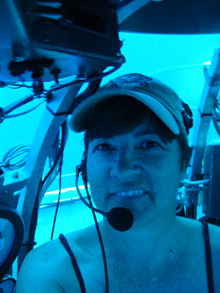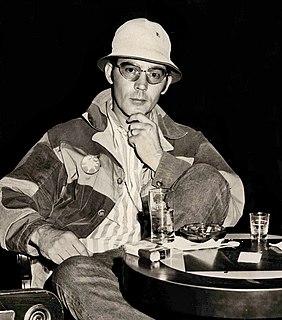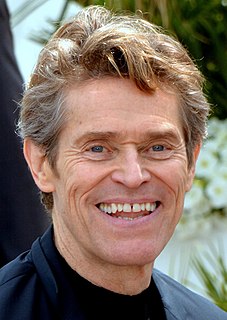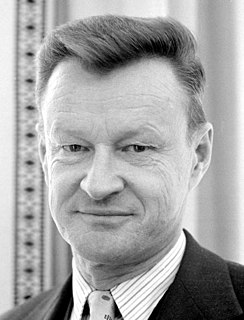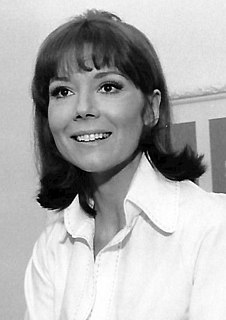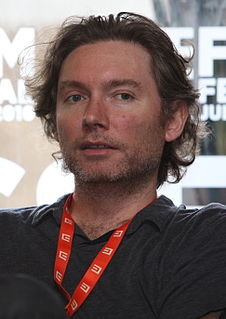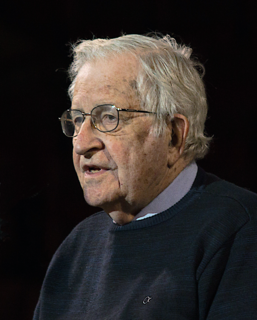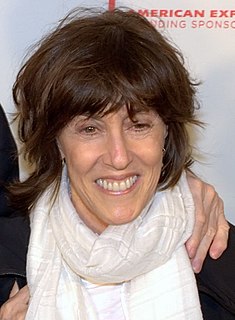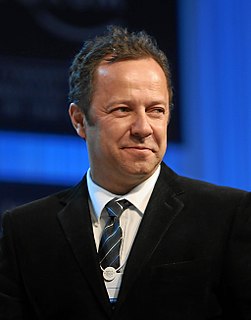A Quote by Edith Widder
I had wanted to place the Eye-in-the-Sea at an oasis on the bottom of the ocean, in some site rich with life that was likely to be patrolled by large predators. The first time I got to test the camera at such a place was in 2004, in the north end of the Gulf of Mexico, at an amazing location called the brine pool.
Related Quotes
My first feeling was a wild desire to drive a stake in the sand and claim the place for myself. The beach was white as salt, and cut off from the world by a ring of steep hills that faced the sea. We were on the edge of a large bay and the water was that clear, turquoise color that you get with a white sand bottom. I had never seen such a place. I wanted to take off all my clothes and never wear them again.
I prefer shooting on location, just because it always helps you. You go some place, you put your life on hold even more than when you've settled in some place. You can make a new life so it opens yourself up to the make-believe and the imagination in a way when you aren't burdened by things that remind you of your life all the time.
The momentum of Asia's economic development is already generating massive pressures for the exploration and exploitation of new sources of energy and the Central Asian region and the Caspian Sea basin are known to contain reserves of natural gas and oil that dwarf those of Kuwait, the Gulf of Mexico, or the North Sea.
A place (lieu) is the order (of whatever kind) in accord with which elements are distributed in relationships of coexistence. It thus excludes the possibility of two thing being in the same location (place). The law of the 'proper' rules in the place: the elements taken into consideration are beside one another, each situated in its own 'proper' and distinct location, a location it defines. A place is thus an instantaneous configuration of positions. It implies an indication of stability.
In the pre-capitalist world, everyone had a place. It might not have been a very nice place, even maybe a horrible place, but at least they had some place in the spectrum of the society and they had some kind of a right to live in the place. Now that's inconsistent with capitalism, which denies the right to live. You have only the right to remain on the labour market.
There is something called the rapture of the deep, and it refers to what happens when a deep-sea diver spends too much time at the bottom of the ocean and can't tell which way is up. When he surfaces, he's liable to have a condition called the bends, where the body can't adapt to the oxygen levels in the atmosphere. All of this happens to me when I surface from a great book.
The first time I worked with colors was by making these mosaics of Pantone swatches. They end up being very large pictures, and I photographed with a very large camera - an 8x10 camera. So you can see the surface of every single swatch - like in this picture of Chuck Close. And you have to walk very far to be able to see it.
